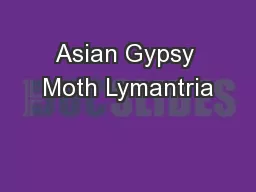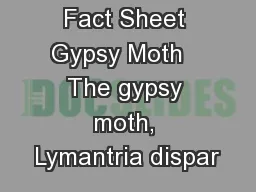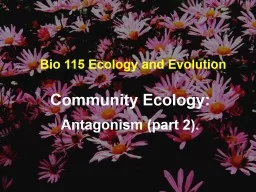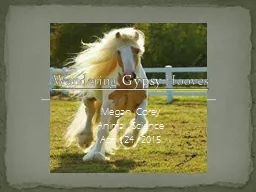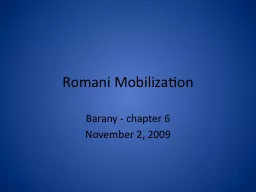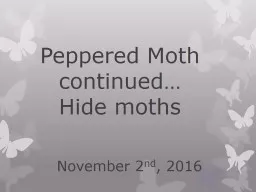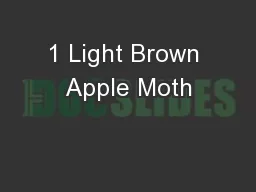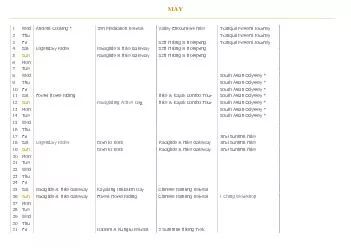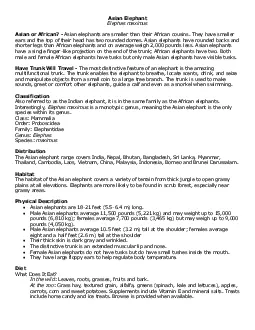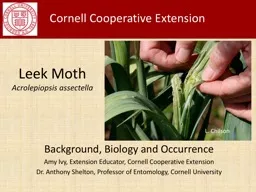PPT-Asian Gypsy Moth Lymantria
Author : cheryl-pisano | Published Date : 2018-11-02
dispar asiatica Asian Gypsy Moth Native pest to Europe and Asia Pest of over 500 species of trees and shrubs including oaks Lymantria dispar asiatica has
Presentation Embed Code
Download Presentation
Download Presentation The PPT/PDF document "Asian Gypsy Moth Lymantria" is the property of its rightful owner. Permission is granted to download and print the materials on this website for personal, non-commercial use only, and to display it on your personal computer provided you do not modify the materials and that you retain all copyright notices contained in the materials. By downloading content from our website, you accept the terms of this agreement.
Asian Gypsy Moth Lymantria: Transcript
Download Rules Of Document
"Asian Gypsy Moth Lymantria"The content belongs to its owner. You may download and print it for personal use, without modification, and keep all copyright notices. By downloading, you agree to these terms.
Related Documents

